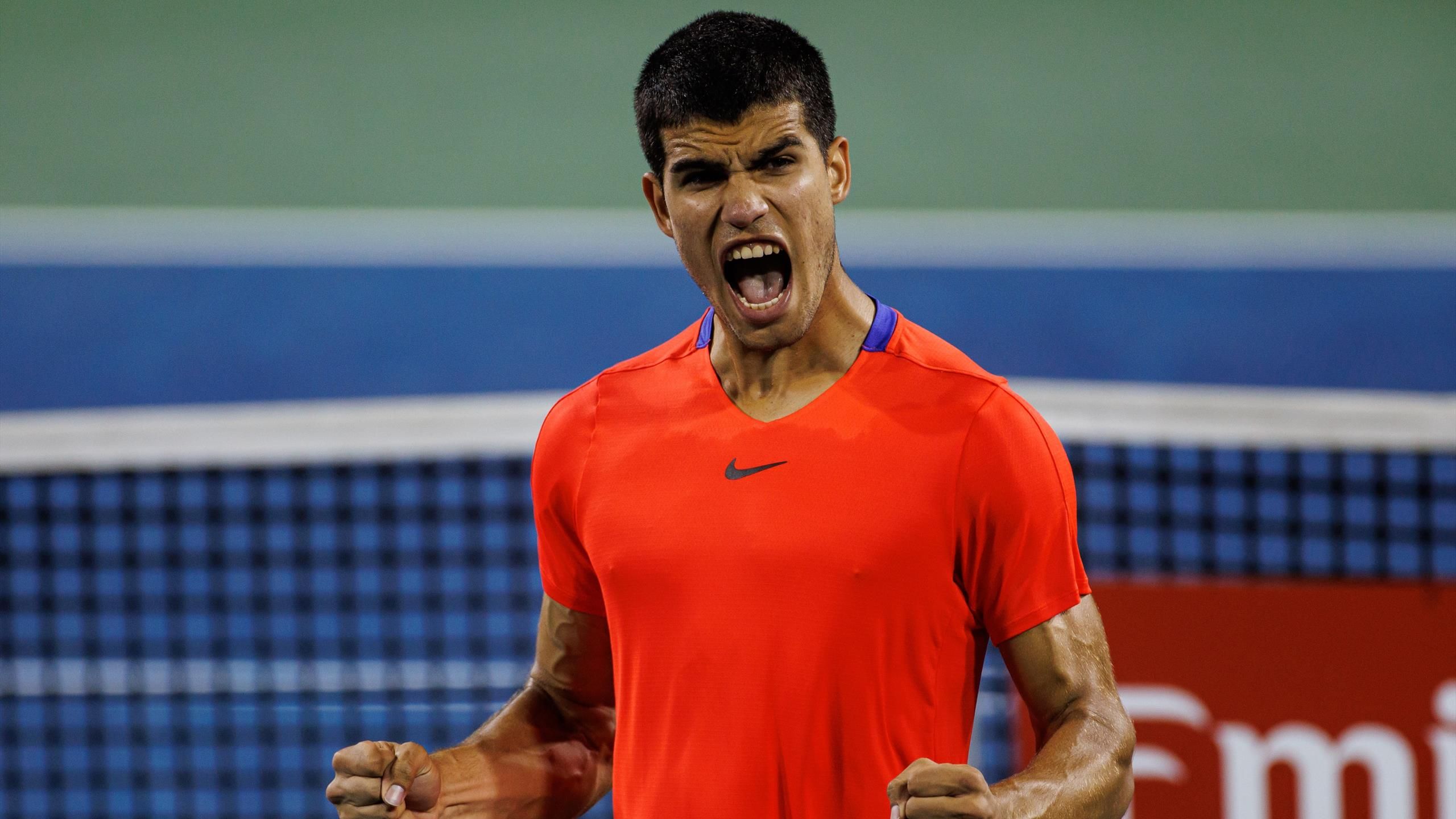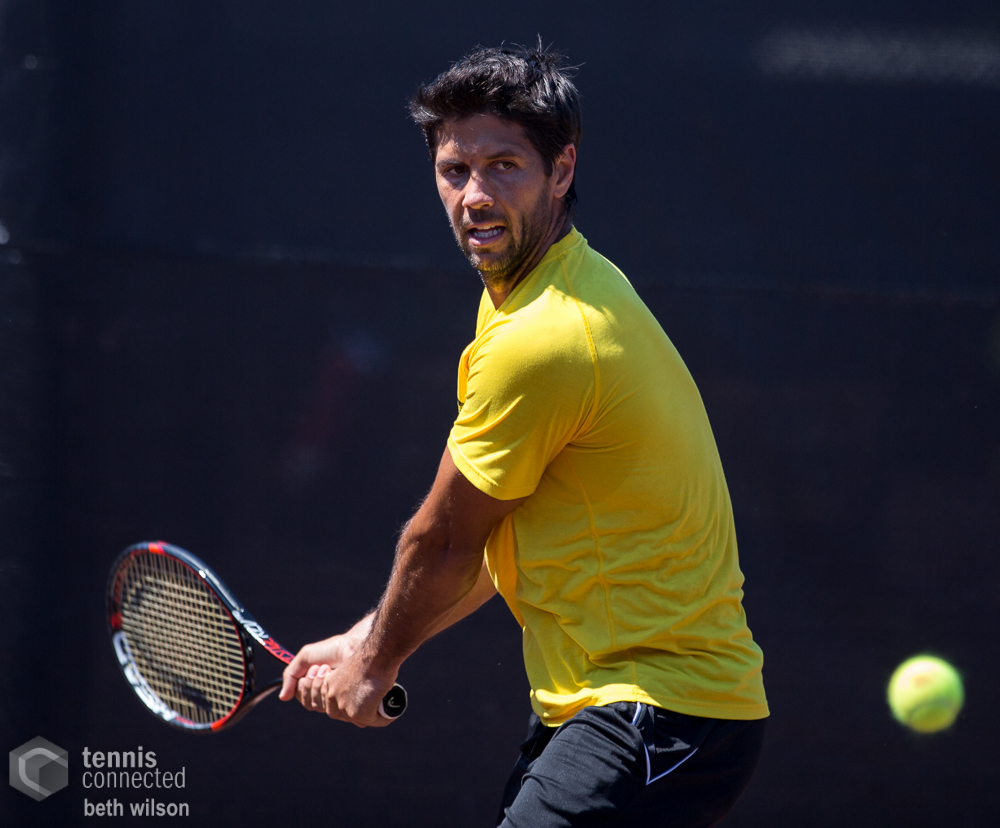These days the attention of tennis fans is focused on the US Open. People cancel their routine events, miss their workouts, students seek those “who could write a paper for me” answers so they can still keep up with their academic performance during the event.
So, today, let’s talk more about the essence of the US Open.
In tennis, there are, as you know, four special tournaments highlighted in red on the calendar – Grand Slam tournaments. Theoretically, they are absolutely equal in status. Still, in reality, they’re competing for the right to be considered the main one in this brilliant quartet.
Probably when asked which of the four great tournaments is the best, only a few, if given a second or two, would name the US Open. Say, Wimbledon and Roland Garros evoke instant and evident associations. London competitions are on the emerald grass, snow-white uniforms, and obligatory strawberries and cream in the buffet. The French hold their event on the red clay of the famous courts and a glass of sparkling champagne before the afternoon matches.
The US Open, unlike English and the French championships, has never boasted a tradition, although it is second only too Wimbledon, which was founded in 1877. The US Open is 141 years old: Roland Garros is 10 years younger, and the Australian Open is 14 years younger. But in some respects, the US Open is the undisputed number one in tennis.
For example, where else will you find the same level of comfort as on the courts at Flushing Meadows Park in Queens? Where else will you find a tennis stadium as comfortable and big as Arthur Ashe Stadium, the 22,500-seat main stage of the US Open?
By the way, The US Open, according to the best writing services researchers, has been looking for its place for a long time. The tournament was held in different cities and towns until 1977, when one of the country’s tennis federation’s leaders, Slew Hester, flew to New York on business. As the plane went down, Hester got a bird’s-eye view of the abandoned Singer Bowl stadium, nestled almost in the center of Flushing Meadows Park. It had been idle since 1964 when the World’s Fair came to a close (it had been built for it). Ten months later, a new 18,000-seat arena named for Louis Armstrong appeared in its place. It served as a center court until Arthur Ashe Stadium opened in 1997.
And it turned out that it was here, on the former marshes, that the conditions were ideal for the tournament to become a popular spectacle. Attendance at the US Open has grown to an incredible over 600,000 people, and at the same time, the profits of the organizers were increasing. In terms of profits that the US Open gets – about $60 million annually – it certainly has no equal.
Professional sports researchers from the best college essay writing service, the US Open, also looked for its surface in agony. It tried both grass and clay. And it seems right that in 1978 they gave up trying to copy Wimbledon and Roland Garros, settling on DecoTurf. Some tennis players find it challenging to play on DecoTurf, partly because of its hard cement cushion. But spectators like it. A low and fastball bounce is always a chance for those who want to go to the net. And Wimbledon grass, by the way, has become noticeably “slower” than before, and the masters of the game find it more and more challenging to play.
And the spectators also like that in New York, the London rule of behaving in the stands during a match has not caught on, as if you were going to the opera, not a sporting event. You’re allowed to make a little noise here – and is that a bad thing?
You can certainly argue about the coverage and atmosphere – it’s a matter of taste. But you can’t argue with the fact that the US Open is a leader in all kinds of tennis innovations. In 1970 the US Open was the first Grand Slam tournament in history to feature tie-breaks at 6-6 in a set, which shortened the match and made them more predictable in terms of TV broadcasting. It was here in 2006, for the first time in the history of Grand Slam tournaments, that a system of Hawkeye replays was used, which a player has the right to demand that they be used in case of not being sure of the correctness of the referee’s decision. Today tennis is unimaginable without tie-breaks and Hawkeye. But it took American courage in a sport where tradition is sacred, and conservatism almost always puts to rest any attempt to make even a tiny revolution, to introduce innovation.
The US Open has another exciting feature. It exceeds any other Grand Slam tournament in unpredictability. Maybe because of the surface or its position in the calendar (it is held in August-September when the strongest tennis players have accumulated both injuries and soreness), but the US Open is rich in sensations and surprises.
Who could forget the 1990 US Open, which saw the rise of the future champion, the greatest of the greats, Pete Sampras, who defeated Andre Agassi, also a future legend? Pete Sampras was 19 years old, and Andre Agassi was 20.
No, this tournament is undoubtedly as strong as Wimbledon and Roland Garros.


























